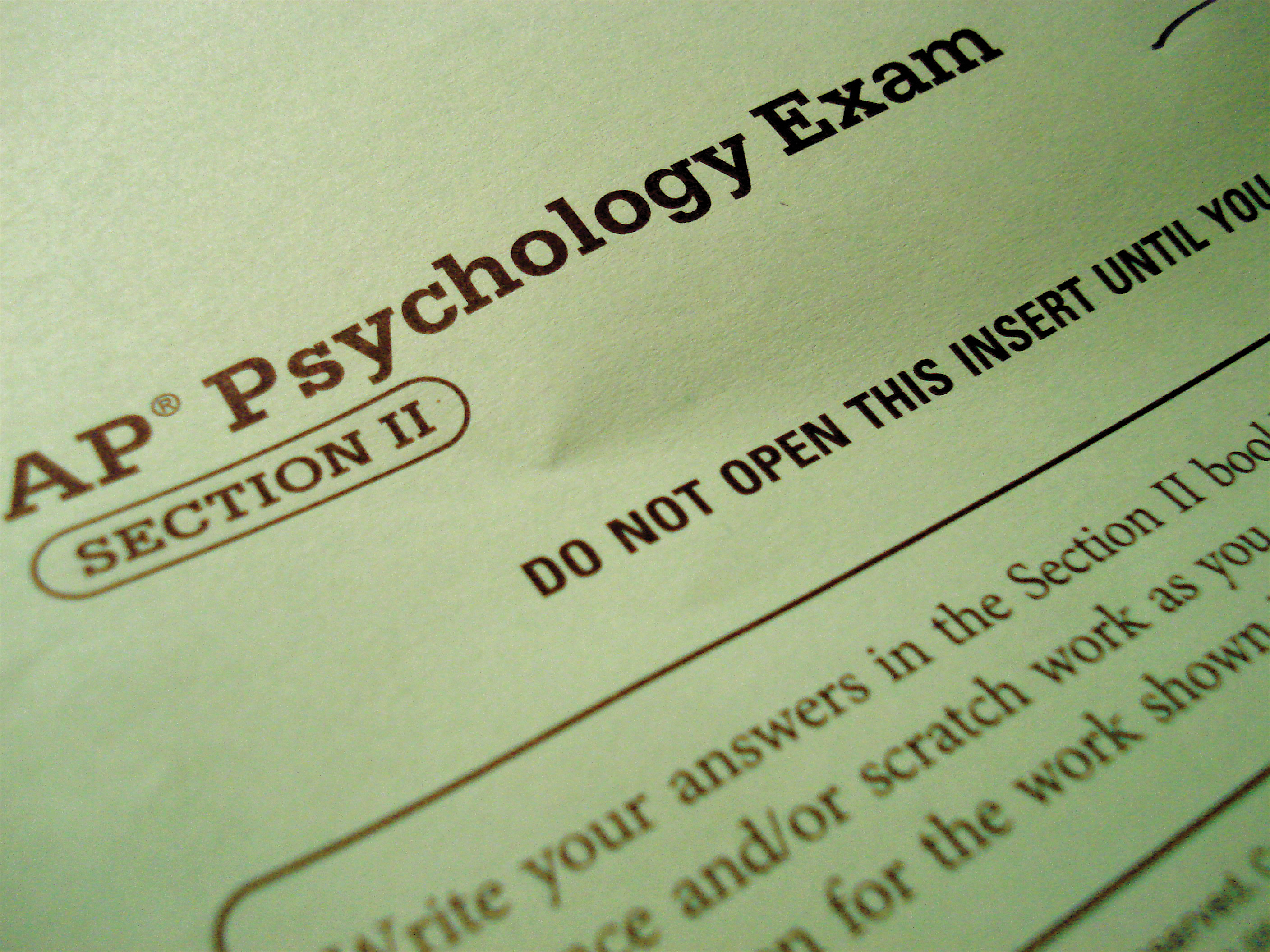The way California funds public education leaves much to be desired. The state has created a system that perpetuates class divides by favoring the rich and neglecting the poor. In the wake of massive teacher strikes and shocking drop out rates we still see an inequitable system standing, unmoved by the human desperation before it. This system must be changed to make California a more equitable and efficient place to educate and to be educated.
Even a cursory look at the California school funding system will bring up questions of its equity, and the facts agree. For starters, the system’s framework relies on local property taxes for 22% of its funding. This links the funding of schools directly to the wealth of attendants and inherently disadvantages the underprivileged. Poor neighborhoods and districts with low rent will have a substantially smaller dollar amount gathered from this funding source than neighborhoods and districts with multi-million dollar homes filled with rich students and their parents. A better-funded school typically means a better education and higher test scores for students.
Property taxes aren’t the only funding source serving helpings of inequity to California’s working-class children; The federal government supplies 9% of the state’s education funding through incentives involving national standardized tests. Schools with richer students have more funding from property taxes, opportunities, support, tutoring and teachers. It is no surprise that a high school serving students in Beverly Hills has higher test scores across the board than a high school serving students living in Compton. Schools that participate in and score high on standardized tests have greater access to federal funding, and in turn, will continue their trend of success.
Meanwhile, schools that have low funding to begin with will often have lower test scores and, as a result, less access to federal funding. This creates a mire of funding and failure too thick and sticky for any administrative team to pull themselves and their students out of with any degree of ease. It’s a cycle that robs the working class of California the opportunity to succeed. Unfortunately, these poor communities are often made up largely of black and brown individuals, making this a justice issue beyond classism. All this compounded with the fact that California ranks 41st in the nation for per-student funding, it is easy to say that the state needs to take a hard look at the way it treats its kids.
California’s lack of funding for the education system and the dependence on test scores makes it difficult for teachers to do their jobs. Teachers do not have the necessary resources to teach to the best of their ability. Lack of funding leaves poor districts short on teachers, and the teachers who remain often end up in classrooms with swollen attendance lists. It is not uncommon in the Los Angeles Unified School District for a teacher to be teaching a room with 35 or even 40 students. These situations decrease the quality of instruction and eliminate opportunities for one-on-one interactions between teacher and student. We have seen multiple teacher strikes in California that seek to address this in 2019 alone. “Teaching to the test” to vie for more funding puts teachers in boxes. Some may say that testing is a useful way to keep educators and students accountable, but it is at the cost of imaginative teaching styles, teacher satisfaction and equity for our students.
It is important to note that there are other options. California could create a total pool of money collected from property taxes and dole it out evenly to schools on a per-student basis. A similar approach could also be taken with federal test score funding coupled with teacher evaluations for accountability purposes. The state needs to make education more of a priority, which means making the funding changes necessary for our school system to be an equitable place to be a kid. California can and must do better.








